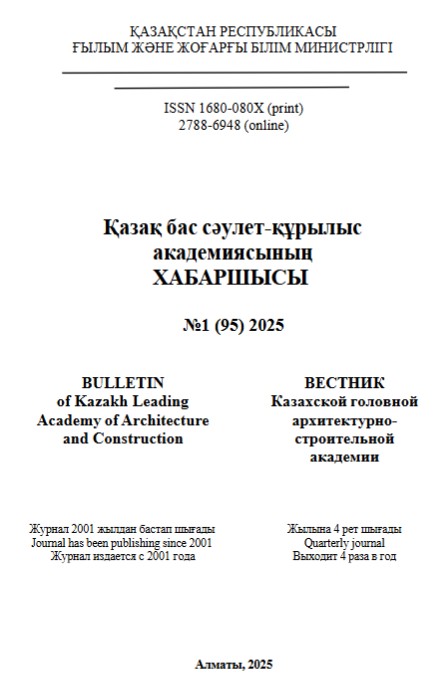Abstract
The article presents a model for the change in thermal pollution in large cities, caused by the impact of solar radiation and traffic flow. Two main regimes are considered: laminar and turbulent, which characterize different heat exchange conditions in the urban atmosphere. Special attention is given to the analysis of air pollution caused by changes in the thermal balance in the urban environment. Unlike traditional sources of pollution, such as transportation and industry, heat exchange processes occurring in road surface materials have a significant impact on thermal pollution.
The model is focused on studying heat and mass exchange processes occurring in the layers of road structures, as well as heat dissipation from these structures into the urban air environment. The key aspects of the study are heat transfer by convection and thermal conductivity of the air medium, which play an important role in the spread of thermal energy and, accordingly, in the formation of thermal pollution.
The proposed model allows for a deeper understanding of the mechanisms that influence the temperature regime in cities and assessing their impact on environmental quality. The article discusses both theoretical and practical aspects of thermal processes in the urban atmosphere, opening opportunities for more effective management of thermal pollution and minimizing its impact on the health of city residents.

